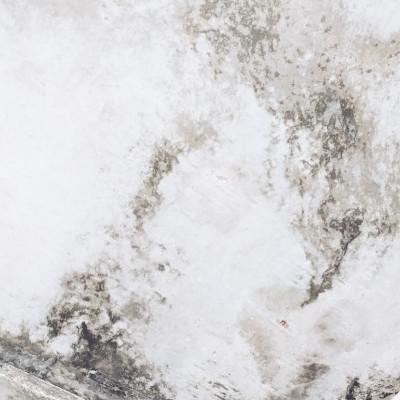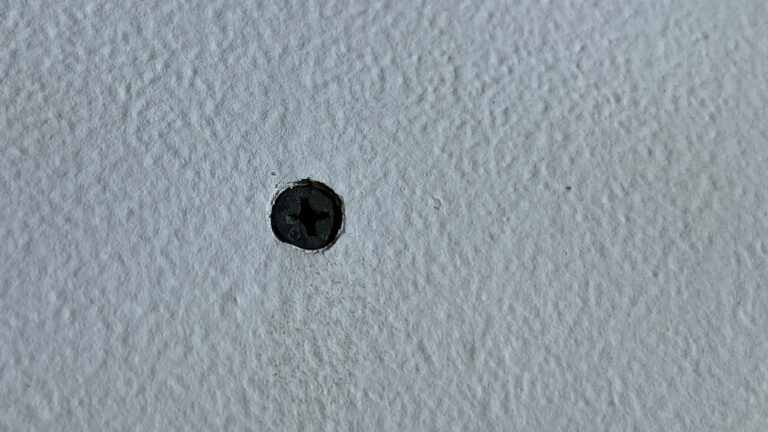The Hidden Dangers of Moldy Drywall
Discovering moldy drywall in your home can be a cause for concern. Not only is it unsightly, but it also poses potential health risks and indicates underlying moisture problems. Understanding the hidden dangers associated with moldy drywall is crucial for every homeowner. In this comprehensive guide, we will explore the risks, causes, and effective solutions for dealing with moldy drywall. By being informed and taking appropriate action, you can protect your home, your loved ones, and create a healthier living environment.

The Risks of Moldy Drywall
Moldy drywall poses several risks that homeowners need to be aware of. First and foremost, mold can negatively impact indoor air quality, leading to respiratory issues, allergies, and even more severe health conditions. Certain types of mold, such as black mold (Stachybotrys chartarum), produce mycotoxins that can be harmful when inhaled or touched. Additionally, mold growth on drywall can weaken the structural integrity of the material, potentially causing sagging or crumbling.
Mold exposure can trigger allergic reactions in susceptible individuals, including sneezing, coughing, wheezing, and skin irritation. Prolonged exposure to mold spores may lead to more severe health issues, such as respiratory infections, sinusitis, and even neurological symptoms in some cases. Individuals with weakened immune systems or pre-existing respiratory conditions are particularly vulnerable to the harmful effects of mold. Therefore, it is crucial to address moldy drywall promptly and take appropriate measures to safeguard your health and well-being.
Common Causes of Moldy Drywall
Understanding the root causes of moldy drywall can help homeowners address and prevent the problem. The most common cause is excessive moisture or water intrusion, which could result from leaky pipes, roof leaks, high humidity levels, or improper ventilation. Areas prone to moisture, such as bathrooms, kitchens, basements, and areas near plumbing fixtures, are particularly susceptible to mold growth.
Water damage from floods or leaks can create the perfect environment for mold to thrive. If drywall remains damp for an extended period, mold spores can settle and begin to grow. Poorly insulated walls or inadequate airflow can also contribute to increased humidity levels and create conditions favorable for mold growth.
Recognizing the Signs of Moldy Drywall
Being able to identify the signs of moldy drywall is crucial for early detection and intervention. Look out for visible mold growth, which can appear as black, green, or white patches on the surface of the drywall. Other signs include a musty odor, discoloration, peeling or bubbling paint, or a damp feeling when touching the walls.
Sometimes, mold may be hidden behind the drywall, making it harder to detect. Pay attention to any unexplained allergic symptoms or persistent respiratory issues experienced by household members, as they could be indicative of hidden mold growth. If you suspect mold but cannot visually confirm it, consider consulting a professional mold inspector who can conduct a thorough assessment using specialized tools.
Health Risks Associated with Moldy Drywall
The presence of moldy drywall can have significant health implications for homeowners and their families. Mold spores released into the air can cause respiratory problems, including coughing, sneezing, wheezing, and exacerbate existing allergies or asthma. The severity of these symptoms can vary depending on individual sensitivity and the type of mold present.
Mycotoxins produced by certain types of mold, such as black mold, can have more severe health effects. These toxic substances can enter the body through inhalation, ingestion, or skin contact. They have been associated with a range of health issues, including respiratory conditions, sinus infections, allergic reactions, headaches, fatigue, and even neurological symptoms in some cases.
Infants, children, the elderly, and individuals with compromised immune systems are particularly vulnerable to the adverse effects of mold exposure. If you or your family members experience persistent or worsening respiratory symptoms or unexplained health problems, it is essential to consult a healthcare professional to determine if mold exposure could be the underlying cause.
Steps to Address Moldy Drywall
1. Assess: Before attempting to address moldy drywall, prioritize your safety. Wear appropriate personal protective equipment (PPE), including gloves, safety goggles, and a respirator mask, to protect yourself from mold spores.
2. Contain: Create a containment area by sealing off the affected space with plastic sheeting and duct tape. This prevents mold spores from spreading to other parts of the house during remediation.
3. Mold Removal: Start by dampening the affected area to minimize the release of mold spores into the air. Scrub the mold off the drywall using a mixture of water and mild detergent or a specialized mold cleaner. If the mold growth is extensive, it may be necessary to remove and replace the affected drywall.
4. Drying and Repair: After mold removal, ensure the area is thoroughly dried to prevent future mold growth. Use fans, dehumidifiers, and proper ventilation to aid in the drying process. Repair or replace the drywall as necessary, following proper installation techniques.
Prevention and Maintenance
Preventing moldy drywall requires addressing the underlying moisture issues. Regularly inspect your home for leaks, fix any plumbing problems promptly, and ensure proper ventilation in moisture-prone areas. Maintain indoor humidity levels between 30% and 50% to discourage mold growth. Consider using mold-resistant drywall in susceptible areas, such as bathrooms and basements. Regularly monitor and address any signs of excess moisture, such as condensation or water stains.
Proper maintenance plays a crucial role in preventing mold growth. Keep your home well-insulated to prevent cold spots that can contribute to condensation. Promptly repair any water leaks or damage and address plumbing issues promptly. Ensure that your ventilation systems, such as bathroom exhaust fans, are functioning correctly and vented to the outside. Regularly clean and dry areas prone to moisture, such as shower stalls and under sinks.
Professionals For Moldy Drywall
While some cases of moldy drywall can be remediated through DIY methods, it’s essential to recognize the limitations. If the mold growth covers a large area, is extensive within the structure, or if you have concerns about your health, it’s advisable to seek professional assistance. Mold remediation experts have the necessary knowledge, experience, and equipment to safely and effectively handle severe cases of moldy drywall.
Conclusion
Understanding the hidden dangers of moldy drywall empowers homeowners to take proactive measures. By recognizing the risks, causes, and signs of mold growth, you can address the problem promptly and effectively. Remember to prioritize safety during the remediation process and seek professional assistance for extensive mold infestations. By implementing preventative measures and maintaining a dry environment, you can safeguard your home and create a healthier living space for you and your family. Don’t underestimate the importance of addressing moldy drywall, as it not only protects your property but also ensures your well-being. By being informed and proactive, you can effectively deal with moldy drywall and enjoy a safe and healthy living environment.


